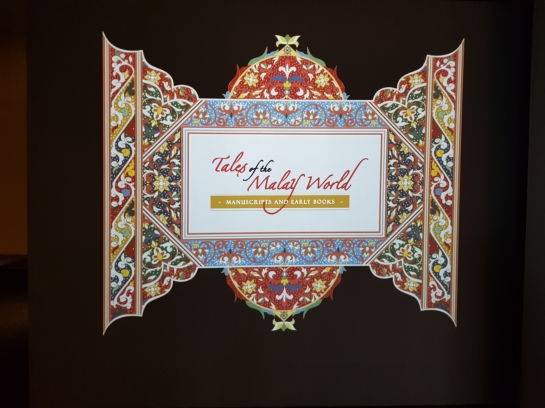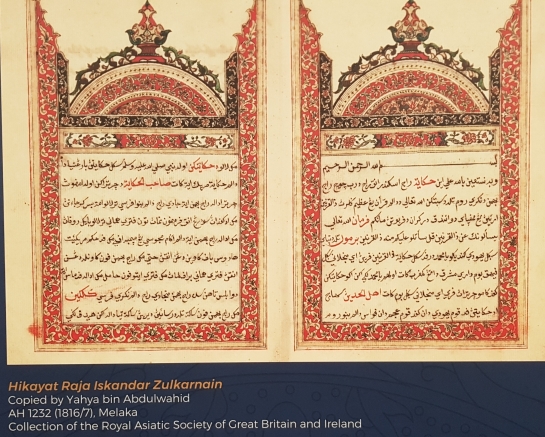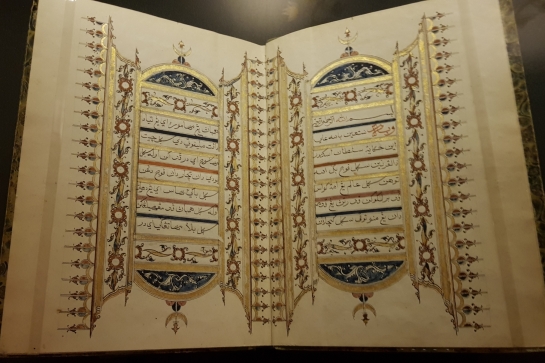Tales of the Malay world
Tales of the Malay World currently exhibiting at the NLB Bldg on 10th floor has provided me an insight into this world I am living but not submerged.
Last night I was at the curator’s tour and some learnings caught me by surprise. Singapore was not a sleepy fishing village when Raffles arrived. While not sophisticated as major world cities like Nanjing, it boasted a history from 14th Century.
Alexander the Great allegedly passed through. He was known as Zulkernain.
Raffles was inspired to pick up Malay on his boat trip from UK.
Raffles chose Singapore as a port because of the Malay book “Genealogy of Kings” <em>Sukalat al-Salatin that the Forbidden Hill housed remains of the 16th century Melaka Kings or Malay Annals Sejarah Melayu.
Raffles was a collector of many things, among them Malay manuscripts which allowed the British and Dutch better idea of the locals so as to conquer them.
Singapore was not a sleepy fishing village when the British came. The Malay annals led Raffles to Singapore.
Singapore was not founded in 1819 when Raffles came with the East India Company. Its role as a port was as early as 14th century. A significant port and settlement, known as Temasek, later renamed Singapura, existed on the island of Singapore in the 14th century. Vietnamese records indicate possible diplomatic relationship between Temasek and Vietnam in the 13th century, and Chinese documents describe settlements there in the 14th century.
It lapsed into insignificance for 200 hundred years when abandoned until the British came to establish a port without antagonizing the Dutch.
Location, location, location
Point to note that despite Singapore’s strategic location, it fell out of action for 200 yrs. The Dutch did not choose Singapore for their spice trade. The late Mover, the British chose 2nd best, Singapore. Strategic advantage is highly dependent on economic relevance. 1st Mover advantage is not necessarily winner takes all. (Unfortunately for Raffles, he died in debt.)
Importance of learning lingua franca of the day, which may not be English.
Diversity and global trade have been around for a long time.
People were more open to learning from one another. Rev Keasbury obtained the help of Muslim cleric Munshi Abdullah to translate the first Malay bible. He introduced Abdullah to the printing press to produce bibles. Initially the missionaries were in Singapore enroute to China. But as that stop was closed, their attention turned to Singapore.
While the Bible was translated into Malay, the audience could have been wider, as the varied trading community spoke Malay, the lingua franca, including the Chinese. Today’s Muslim and Christian community, it appeared to me, are more sharply alienated. It didnt seem that Abdullah converted to Christianity. Yet there was a meaningful working relationship between Keasbury and Abdullah.




